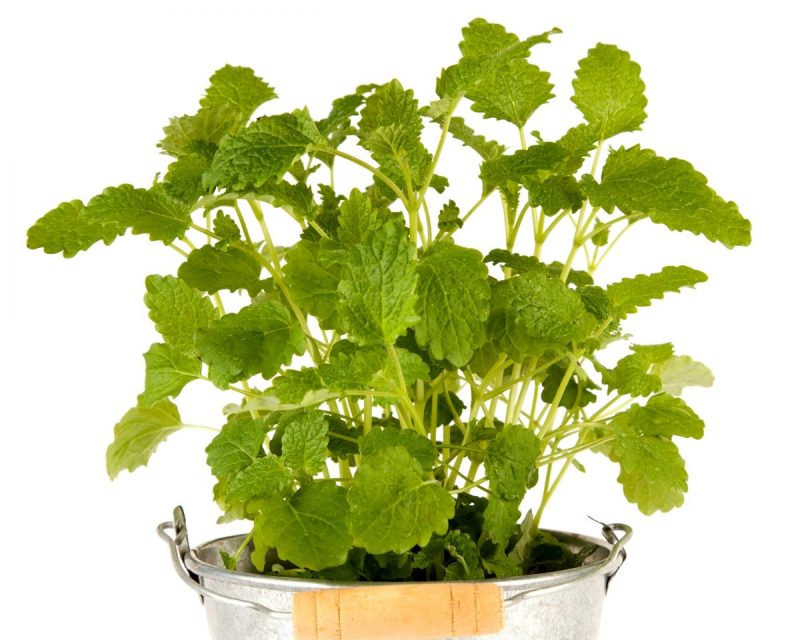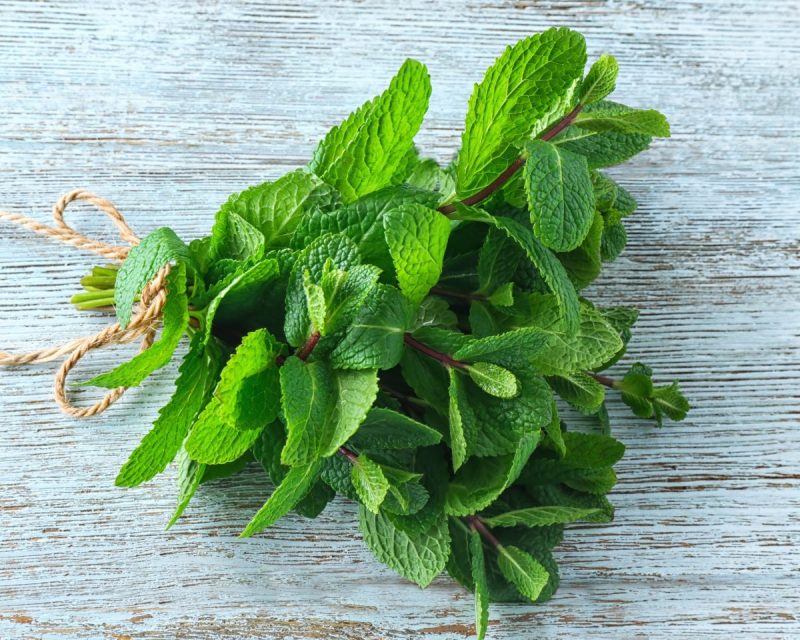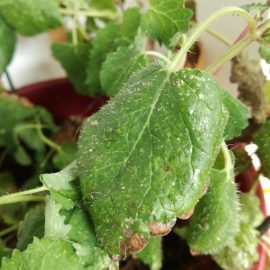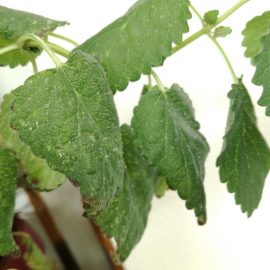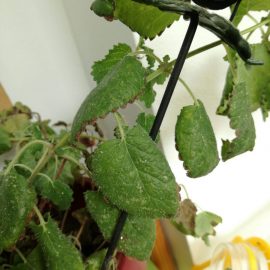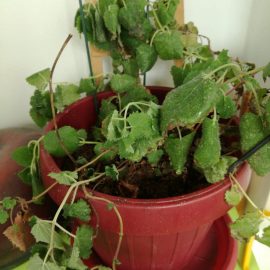Lemon balm – planting, growing and harvesting
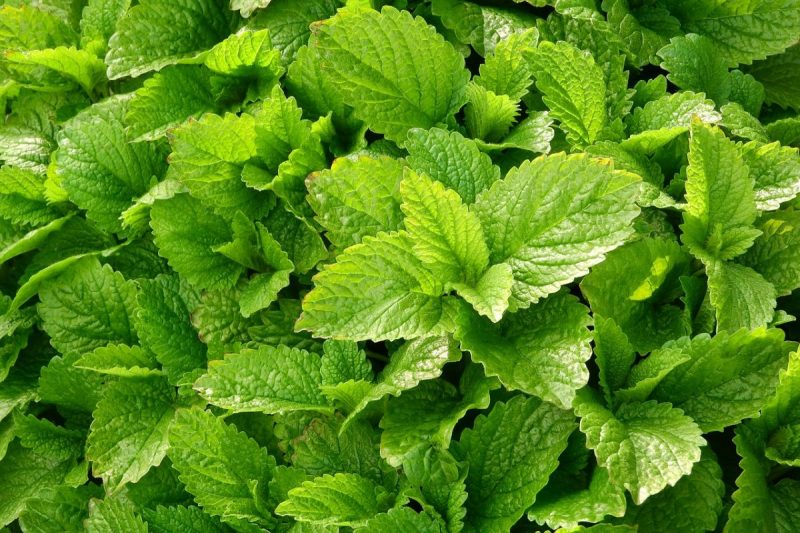
Lemon balm (Melissa officinalis) is a herbaceous, perennial plant native to southern Europe. Its name comes from the Greek “melissa” which means honey, denoting the melliferous capacity of the plant. The leaves have therapeutic uses, acting as an antiseptic, carminative, sedative, cicatrizing, antirachitic remedy. It is a valuable melliferous plant and is decorative thanks to its overall appearance and flowers.
The green and dry lemon balm leaves are used for seasoning and flavoring a wide range of culinary dishes and for the manufacture of liqueurs. Due to its melliferous properties and the fact that it is preferred by bees, lemon balm is also used by beekeepers as an alternative method of catching bee swarms.
Botanical characteristics
It is a perennial plant, which has a horizontal, articulated rhizome in the soil, with numerous adventitious roots. The stem is edged, branched, 60-120 cm high, straight, sometimes creeping, slightly pubescent.
The leaves are ovate, have a dull tip, serrated-crenate edges, are pubescent, with a pleasant aroma and slightly bitter taste. The white or reddish flowers are clustered in whorled inflorescences and bloom from June to the end of August.
The white or white-violet flowers are clustered in an inflorescence with spikes of 5-10 flowers at each node. Lemon balm blooms in July-August.
The fruits, improperly called seeds, are ovoid, smooth, auburn, small in size. The germination ability is low and lasts 2-3 years. The plants sprout slowly, after 20-30 days from sowing.
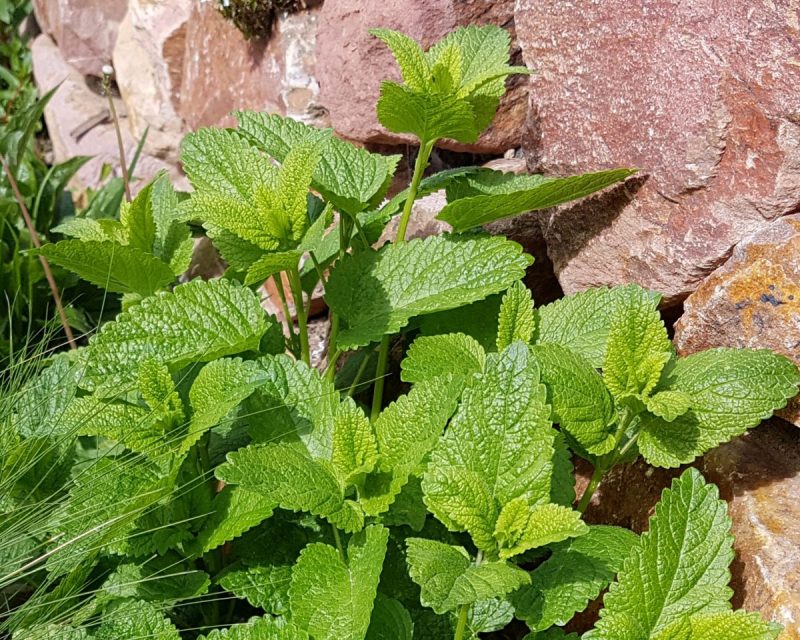
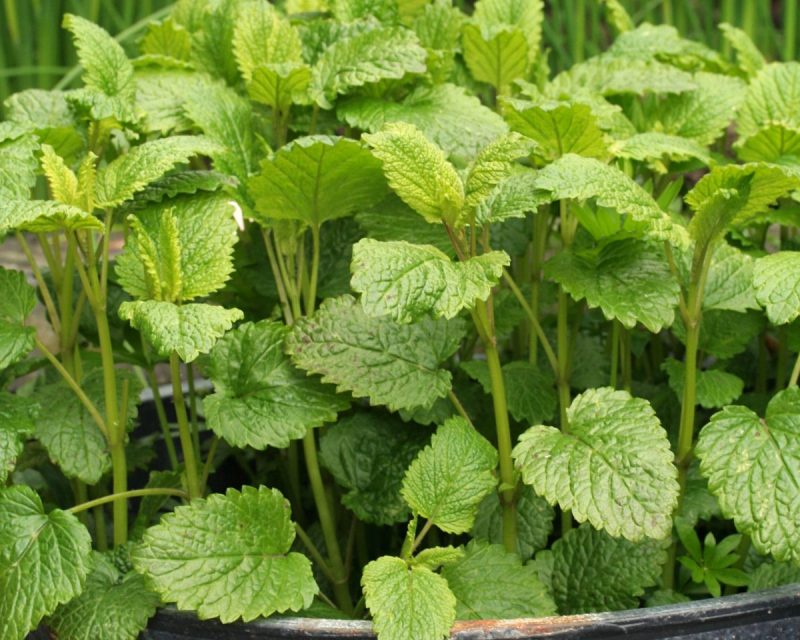
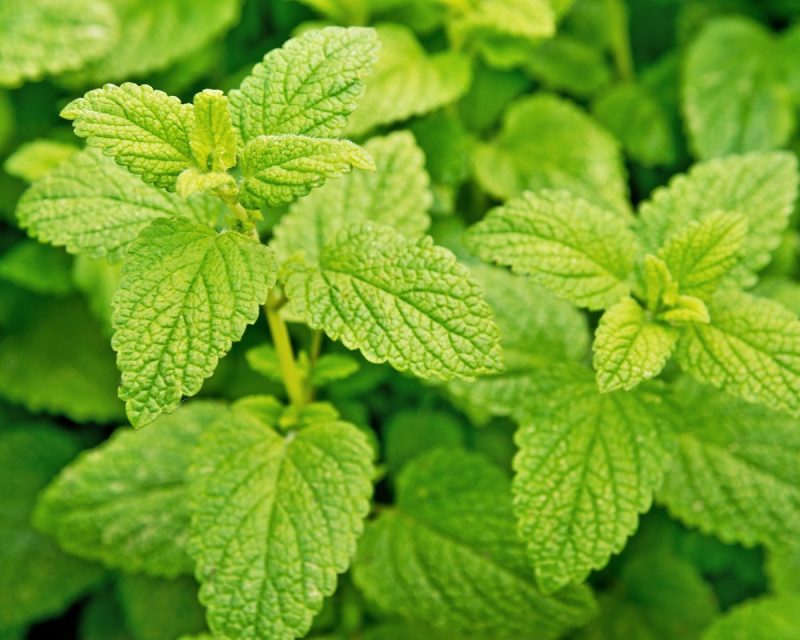
Environmental requirements
Lemon balm is a plant sensitive to low temperatures, which gives good results in regions with mild winters. It has high demands in terms of light, and shade affects the development and essential oils accumulations. It requires light, sandy-clayey soils, exposed to the sun, without excessive moisture, and not too fertile, because the excessive humus reduces the content of essential oils.
Cultivation
Crops can be established by seed and vegetatively by dividing the bushes. Direct sowing in the field has to be done in April, in rows spaced 40-50 cm apart.
Recommended products
-
You can find products on a different store
Change Store -
You can find products on a different store
Change Store -
You can find products on a different store
Change Store -
You can find products on a different store
Change Store -
You can find products on a different store
Change Store -
You can find products on a different store
Change Store -
You can find products on a different store
Change Store -
You can find products on a different store
Change Store -
You can find products on a different store
Change Store -
You can find products on a different store
Change Store -
You can find products on a different store
Change Store -
You can find products on a different store
Change Store -
You can find products on a different store
Change Store -
You can find products on a different store
Change Store -
You can find products on a different store
Change Store -
You can find products on a different store
Change Store -
You can find products on a different store
Change Store -
You can find products on a different store
Change Store -
You can find products on a different store
Change Store -
You can find products on a different store
Change Store -
You can find products on a different store
Change Store -
You can find products on a different store
Change Store -
You can find products on a different store
Change Store -
You can find products on a different store
Change Store
For dividing the bushes, the 3-5-year-old plants are suitable, which in autumn or spring, have to be removed from the ground, cut, dipped in a mixture of soil and manure and water before being planted.
Care
Care works consist of weeding, thinning the plants to have a distance between them of 20-30 cm per row, watering in dry periods, and fertilizing with chemical or organic fertilizers, immediately after harvesting the leaves. The aerial part of the plants is reduced in the first year of cultivation, it develops strongly in the second year, the production increasing significantly from year to year. The plant can produce seeds starting from the second year.
Harvesting
The first harvest is done in June, at the beginning of flowering, by cutting the stems, from which then the leaves are removed, which have to be dried immediately in the shade to avoid blackening of the leaves and volatilization of the essential oils. Artificial drying should be done at temperatures of 30° C.














































































































































































































































































































































































































































